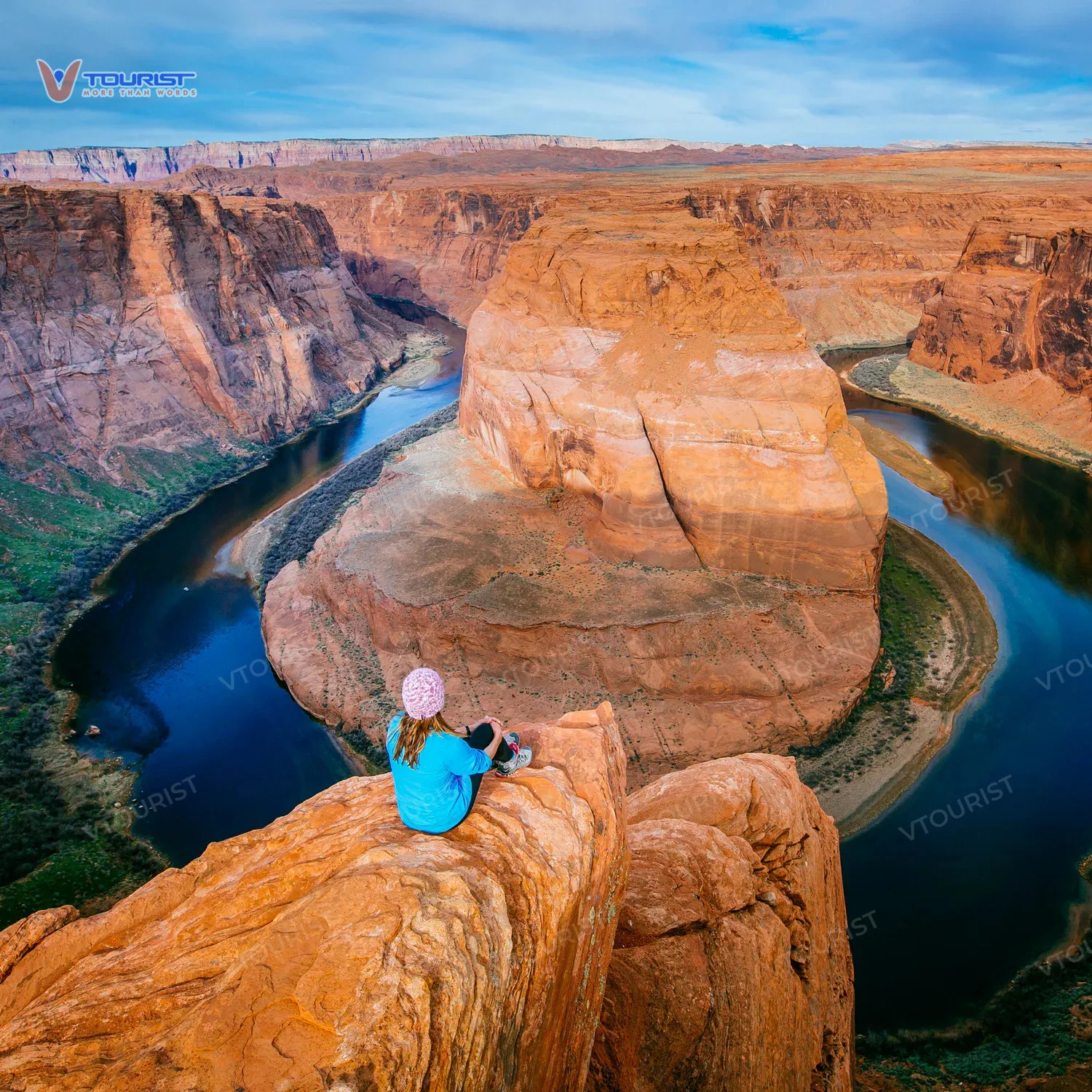Arizona, with its vast deserts and clear skies, is one of the world’s most ideal locations to witness the beauty of the universe. From national parks to remote areas, this state offers countless opportunities to immerse yourself in the star-studded night sky. Let’s explore the best stargazing spots in Arizona, where you can experience the wonder of the vast cosmos.
Arizona is not only famous for the majestic Grand Canyon and sprawling deserts but also as a paradise for astronomy enthusiasts. With low light pollution and a dry climate, the state boasts excellent locations to view stars, the Milky Way, and many other fascinating celestial phenomena. If you’re seeking a unique and memorable travel experience, prepare for a journey to explore Arizona’s night sky.
Grand Canyon National Park: A Stellar Astronomical Canvas
The Grand Canyon is not only a geological wonder but also one of the top stargazing spots in Arizona. With its vast open spaces and unobstructed views, the park offers an unforgettable astronomical experience.

Grand Canyon is recognized as an International Dark Sky Park, ensuring that artificial light is strictly controlled to protect the natural night sky. On moonless nights, you can easily see the Milky Way stretching across the sky, along with thousands of glittering stars.
- Suggested Activities: Join ranger-led stargazing programs, use telescopes to observe planets and constellations, or simply revel in the tranquility of the dark and admire the beauty of the universe.
- Ideal Time: Summer is the best time for stargazing at the Grand Canyon, when the skies are typically clear and cloudless. However, be sure to check the astronomy events calendar for the best experience.
Petrified Forest National Park: Ancient Land Under the Stars
Petrified Forest, known for its million-year-old petrified trees, is also a great destination for stargazing in Arizona. The unique landscape combined with clear night skies creates a magical and inspiring setting.

This park has very low light pollution, allowing you to see distant celestial bodies clearly. On new moon nights, the Milky Way and many constellations are easily discernible.
- Suggested Activities: Hike during the day to discover the petrified logs, then camp overnight to stargaze. You can also join the astronomy talks hosted by park staff.
- Note: Petrified Forest is located at a relatively high elevation, so be prepared with warm clothing and plenty of water.
Vermilion Cliffs National Monument: Radiant Red Cliffs by Night
Vermilion Cliffs, with its striking red sandstone cliffs, creates an impressive backdrop under the starlit sky. This area is located in northern Arizona, near the Utah border, and has very low light pollution.

One of the most renowned stargazing spots in Vermilion Cliffs is Coyote Buttes, which features unique rock formations like The Wave. However, visiting Coyote Buttes requires a permit and often entry through a lottery.
- Suggested Activities: Find a favorable spot on one of the hills or cliffs to stargaze. You can also try photographing the night sky with the red cliffs as a foreground.
- Tip: Bring a red flashlight to protect your night vision and avoid disturbing others.
Flagstaff: The Astronomical City
Flagstaff, situated at an elevation of over 2,100 meters, is one of the leading cities in the U.S. for astronomy. It is home to Lowell Observatory, where astronomer Clyde Tombaugh discovered Pluto in 1930.

Flagstaff is also an International Dark Sky City, and it takes numerous measures to reduce light pollution. You can visit Lowell Observatory to learn about astronomical history and observe celestial objects through telescopes.
- Suggested Activities: Join night tours at Lowell Observatory, attend astronomy talks, or simply stroll around the city and stargaze.
- Additional Information: Flagstaff has many shops selling astronomical equipment and offers courses in astronomy.
Sedona: Spiritual Land Beneath the Stars
Sedona, famed for its red rock formations and spiritual energy, is also an intriguing stargazing destination in Arizona. With low light pollution and clean air, this area provides a unique stargazing experience.

Many believe Sedona has energy “vortexes,” special spots where Earth’s energy is concentrated. Stargazing in Sedona can be a blend of astronomy and spirituality.
- Suggested Activities: Find a quiet spot in nature to stargaze, join meditations under the stars, or try photographing the night sky with red rock formations as a backdrop.
- Note: Sedona can become quite crowded during peak tourist seasons, so be sure to book accommodations in advance and arrive early to stargazing spots to avoid crowds.
Tips for Stargazing in Arizona: Helpful Suggestions
To have the best stargazing experience in Arizona, keep the following tips in mind:
- Check the Weather: Clear skies provide ideal conditions for stargazing. Check weather forecasts in advance and avoid cloudy or rainy days.
- Find a Dark Location: Opt for locations with low light pollution, far from large cities and residential areas.
- Use a Red Flashlight: A red flashlight helps preserve your night vision and doesn’t disturb others.
- Bring a Telescope or Binoculars: If possible, use a telescope or binoculars to observe celestial bodies more closely.
- Dress Warmly: Arizona can get cold at night, especially in higher mountain areas. Wear warm clothing and bring a blanket or sleeping bag.
- Learn About Astronomy: Read books or watch programs about astronomy to better understand what you see in the sky.
Arizona is a haven for those who love astronomy and want to explore the beauty of the universe. With stunning stargazing spots and clear night skies, the state offers an unforgettable experience for anyone. Plan your trip and get ready to admire the wonders of the cosmos in Arizona!